Aromatherapy: Simple, Safe Ways to Use Essential Oils
A few drops of the right essential oil can lift your mood, ease tension, or help you sleep—but the wrong oil or dose can cause problems, especially for pets. This page gives practical tips you can use today: what oils work for common needs, how to use them, and clear safety rules for people and dogs.
How to use essential oils
There are three easy ways to get results: diffuse, inhale, or dilute for topical use. Diffusing is the gentlest: add a few drops to a diffuser and run it in a well-ventilated room. For humans, 15–30 minutes at a time works well; for dogs, use much shorter bursts and watch their response.
Inhaling a diluted oil from a tissue can help fast: put one drop on a tissue and breathe slowly for a minute or two when you need calm or focus. For topical use, never apply undiluted oils. A safe, common guideline is 1% dilution for daily adult use (about 6 drops per 30 ml/1 oz of carrier oil). If you want a milder mix for sensitive skin, aim for 0.5% (about 3 drops per 30 ml).
Pick oils for the effect you want: lavender for relaxation and sleep, peppermint for alertness and short-term headache relief, bergamot or sweet orange for a mood lift, and frankincense for grounding and ease of breathing. Keep blends simple—two or three oils are enough for a clear effect.
Safety tips for you and your dog
Safety matters. Some oils that are fine for people can harm dogs. Never use tea tree (melaleuca) around pets—it's toxic even in small amounts. Eucalyptus, wintergreen, and clove can also be risky. If you have a dog, keep diffusing sessions short (10–15 minutes), in a room the dog can leave, and watch for coughing, drooling, weakness, or unusual behavior. If any of those show up, turn off the diffuser and ventilate the room.
For topical use on dogs, always consult your vet first. If the vet OKs it, use very low dilutions—0.25–0.5% is a common conservative starting point (1–3 drops per 30 ml carrier oil). Avoid applying oils directly to a dog’s face, nose, eyes, or genitals. Rinse the area with carrier oil if you think an essential oil touched their fur or skin and they’re reacting.
Store oils safely: keep them in dark glass bottles away from heat and out of reach of children and pets. Label blends with the date and ingredients. Buy pure, high-quality oils from trusted brands—cheap, synthetic mixes often cause irritation and don’t deliver predictable effects.
Want a quick starter routine? Try a 1% lavender blend in a diffuser 20 minutes before bed for people. If you have a dog, test one short 10-minute diffusion while watching your pet. If they’re calm and act normal, you can use the same short routine a few nights a week. When in doubt, ask your vet—especially for young, old, pregnant, or medicated pets. Aromatherapy can be helpful and gentle when you use it with simple, clear rules.
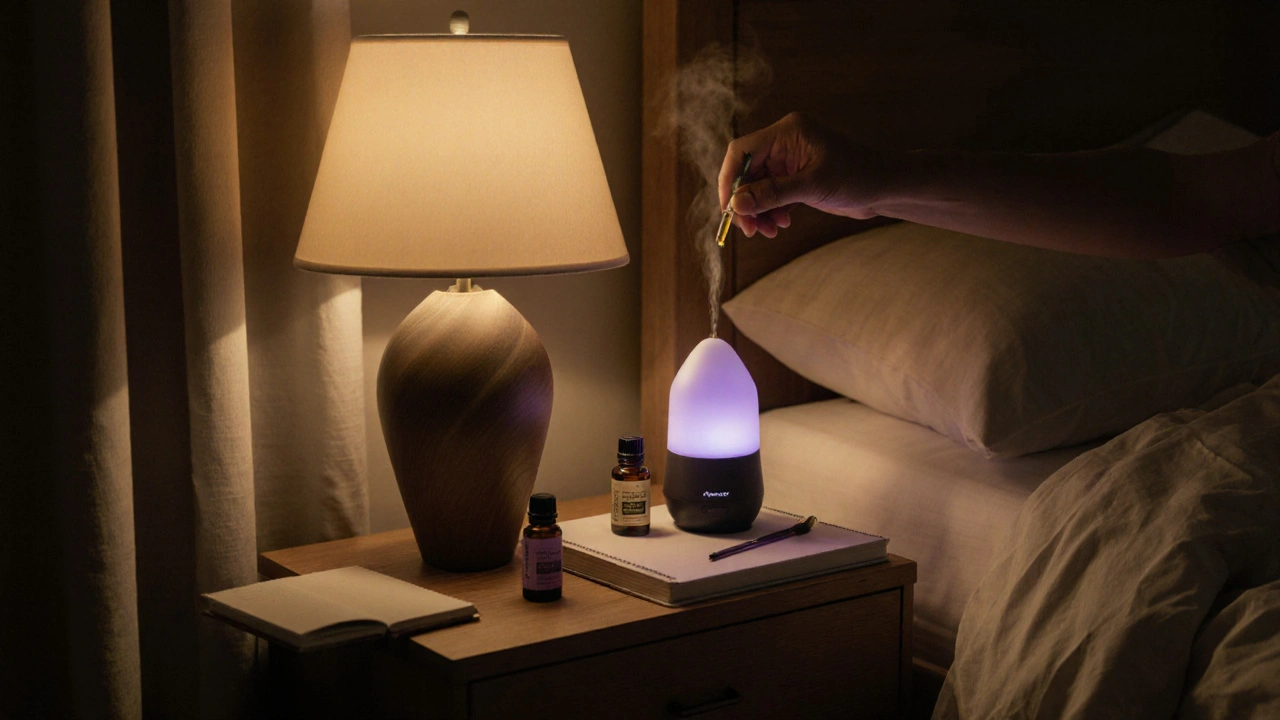
Mastering the Art of Aromatherapy: A Step-by-Step Guide
Learn how to use essential oils safely and effectively for sleep, focus, and stress relief with this step-by-step aromatherapy guide. Discover which oils work best, how to avoid common mistakes, and how to build a simple daily routine.
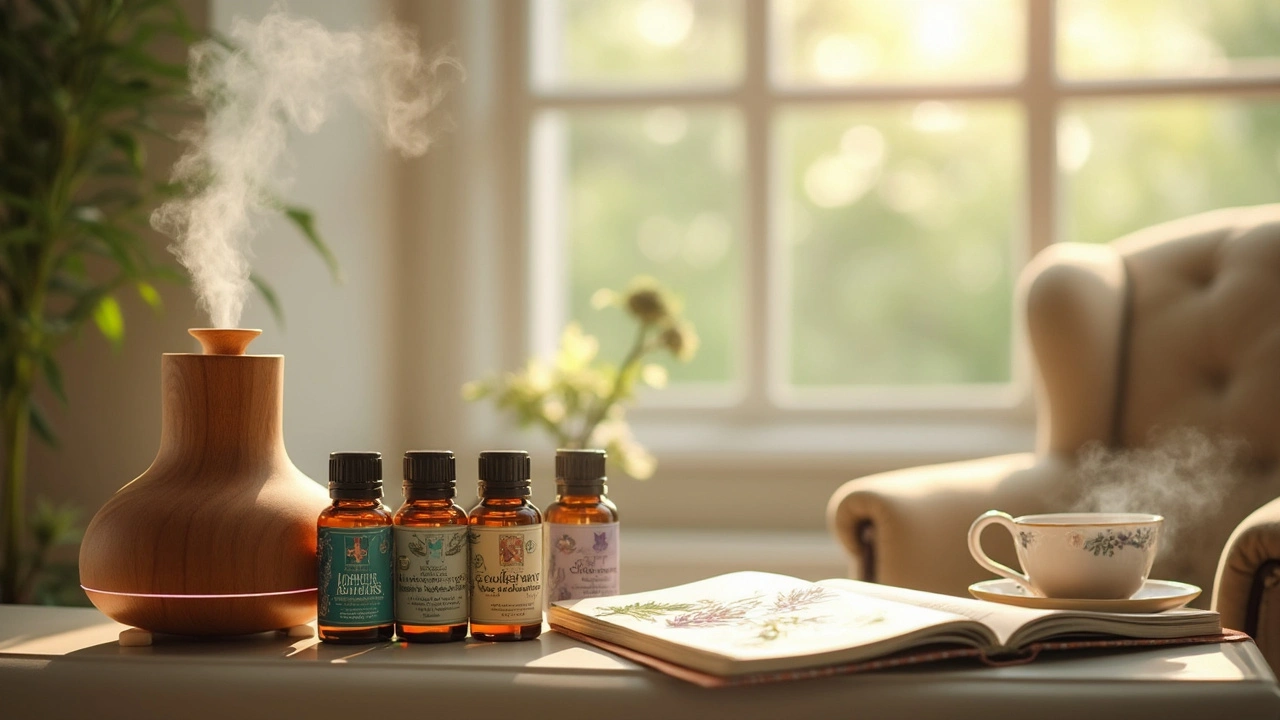
Aromatherapy Benefits: Unlocking the Power of Essential Oils
Aromatherapy goes way beyond making your home smell nice—it taps into natural plant oils to boost your mood, help you relax, and even ease physical discomfort. This article unpacks how aromatherapy actually works, what science really says, and easy ways to try it at home. Practical tips and interesting facts make it simple for anyone to get started. Learn which essential oils suit different needs and how to use them safely. Empower yourself with easy tricks you can start using today.
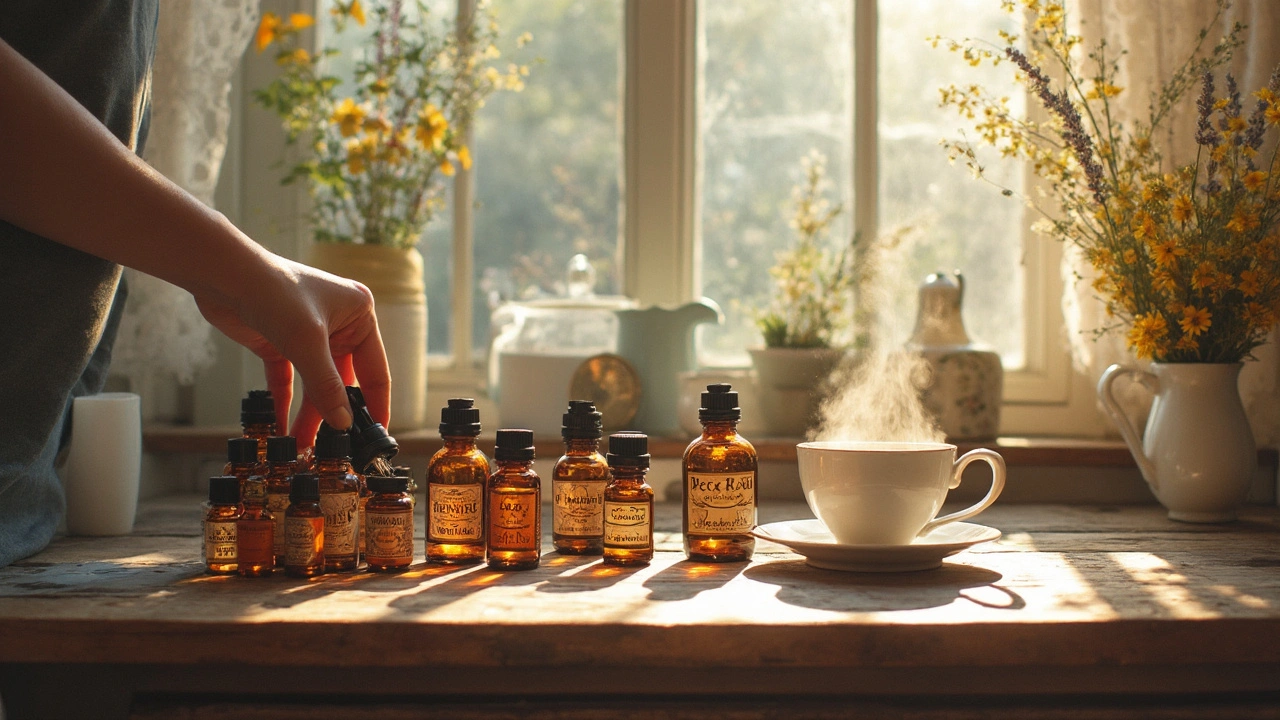
Boost Your Mood with These Aromatherapy Tips
Aromatherapy can offer a natural boost to your mood using the power of essential oils. This alternative therapy utilizes the concentrated extracts from plants to enhance wellbeing, balance emotions, and reduce stress. Learn how to choose the right scents for your needs, incorporate them into your daily routine, and discover unexpected benefits. It's about using a blend of science and self-care to uplift your spirits and improve your mental health.

Aromatherapy for Infants: Safe Practices and Benefits
Aromatherapy has been praised for its soothing and calming effects, but is it suitable for infants? This article explores the safety and potential benefits of using essential oils for babies. It provides guidance on how to select safe oils, application methods, and precautions to take. Discover insights and practical tips for introducing aromatherapy into your little one's routine.

Exploring the Benefits of Aromatherapy: A Growing Wellness Trend
Aromatherapy has gained popularity as a natural way to enhance health and well-being. By using essential oils, people are finding ways to relieve stress, improve sleep, and boost mood. This gentle approach to self-care taps into the power of plant extracts to soothe both body and mind. Discover the fascinating world of aromatherapy and learn how this trend can become a part of your routine.
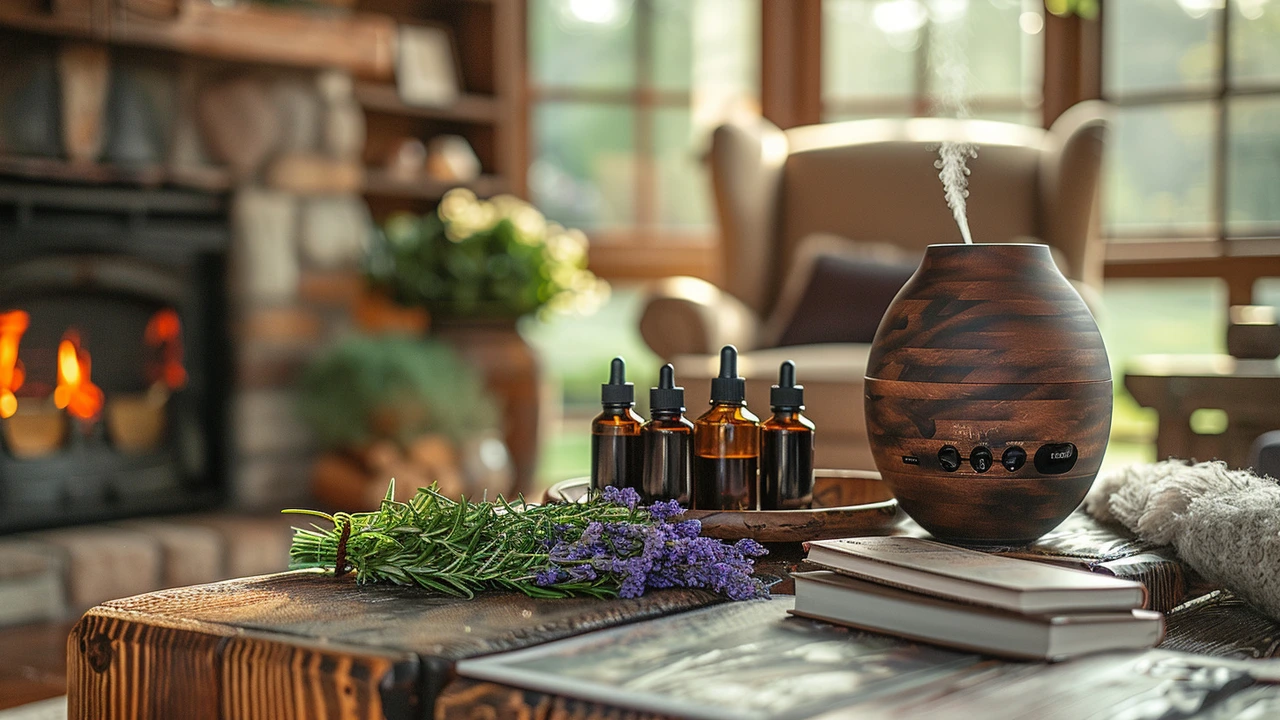
Harnessing Aromatherapy for Better Emotional Health
This article dives into the practice of aromatherapy and its benefits for emotional well-being. It covers how essential oils can uplift moods, reduce stress, and improve mental health. The sections provide easy tips and interesting facts about using these natural scents in daily life effectively.
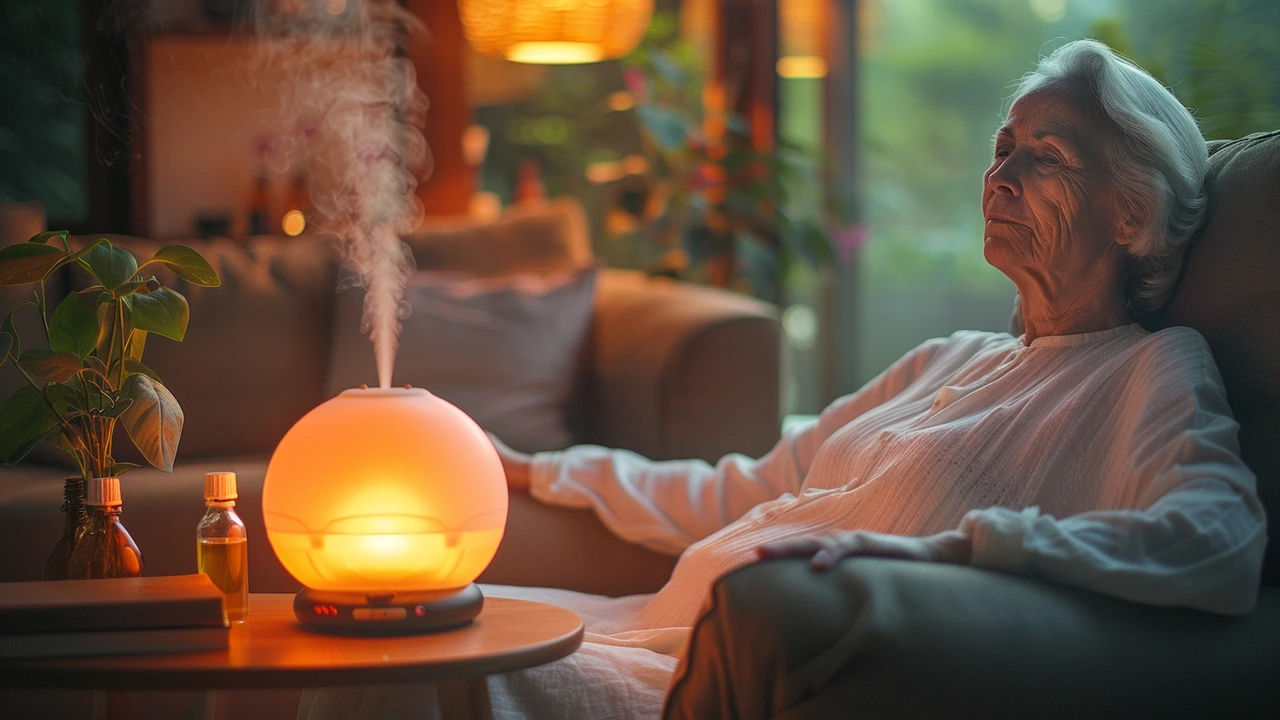
Aromatherapy Essentials: A Comprehensive Guide for Beginners
This article delves into the world of aromatherapy, providing beginners with a comprehensive guide to understanding and using essential oils for health and wellness. Readers will learn about the historical roots of aromatherapy, the various types of essential oils, their benefits, and practical tips on how to integrate them into daily life. Whether seeking relaxation, improved mood, or pain relief, this guide offers valuable insights for anyone looking to enhance their well-being through the natural power of essential oils.
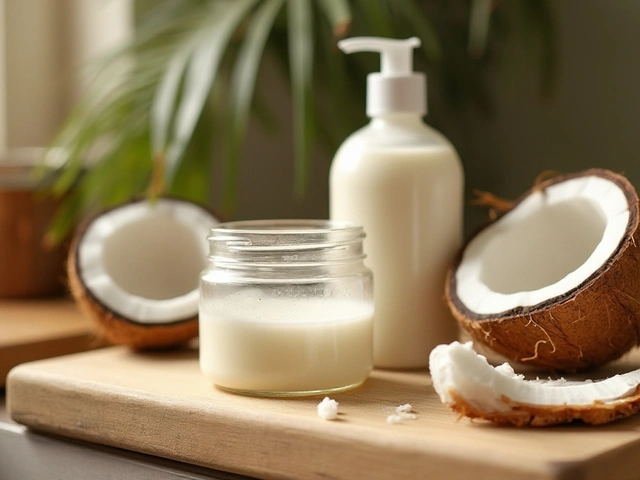
Exploring the Health Wonders of Coconut Oil
Oct, 4 2024

How Reflexology is Revolutionizing Stress Management
Apr, 16 2025


